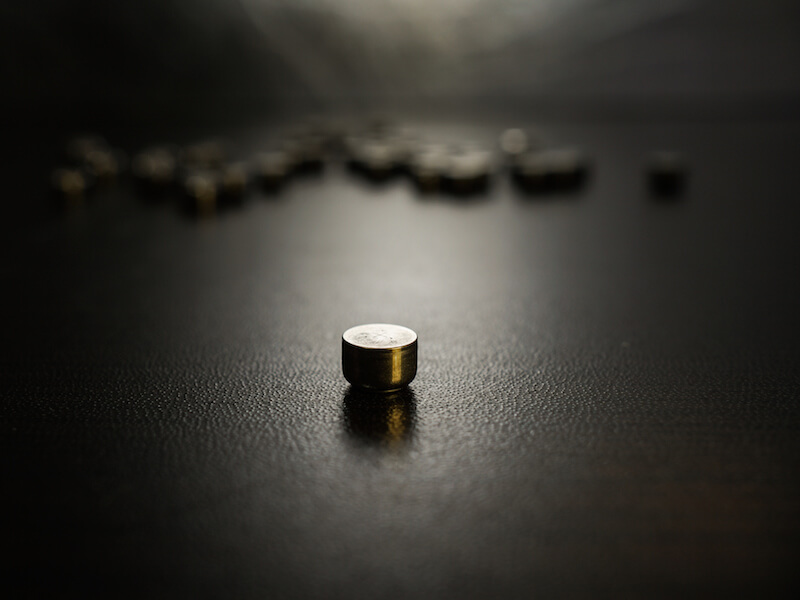
From cameras to phones to music players, how we power our electronics has evolved. For decades, those looking to manage hearing loss have hoped for a similar advancement, and the industry is finally realizing the promise of a powerful rechargeable hearing aid battery.
Disposable hearing aid batteries have traditionally been the power source of choice among manufacturers, with size 312 batteries serving as one of the more prevalent battery types. The most prominent form of this battery, now, is “zinc-ion”.
Disposable Hearing Aids Have a Disadvantage
As the name would indicate, a zinc-air battery is affected by the presence of air. Regarding the 312 batteries used in a lot of hearing aids, the user needs to pull a small tab off the back of the battery before it is activated and functional.
As soon as it is fully oxygenated, it starts to lose power. That means power is beginning to drain whether the user is ready for it or not.
The biggest drawback to disposable batteries, for the majority of users, is how long they last. Some reports have cited the average life expectancy of a size 312 disposable battery to be between 3 and 12 days, which means users may need to replace their batteries around 120 times per year.
Because of this, besides having to buy 120 batteries, the user will have to change and properly dispose of batteries at least twice every week. From a cost perspective alone, that likely means over $100 in battery purchases.
Advancements in Rechargeable Batteries
Luckily, for hearing aid wearers looking for another approach, there have been significant improvements to rechargeable hearing aids that now make them a practical choice.
Studies have revealed that most people overwhelmingly prefer to use rechargeable hearing aids. Until now these models have historically struggled to supply a long enough charge to make them practical. But modern rechargeable batteries will last all day without requiring a recharge.
Rechargeable batteries won’t save users significant amounts of money, but they will make quality of life better.
These modern models provide less aggravation on top of maintaining a 24 hour charge because the user doesn’t have the burden of continuously changing out the batteries. They just need to place the battery on the charger.
When a disposable battery nears the end of its life it can’t run your hearing aid at full power. And you can’t determine how close the battery is to quitting. So the batteries might die at the exact moment that a user needs them the most which could even put them in danger. Not only is this a safety concern, but users may miss significant life moments because of a faulty battery.
Hearing Aids Come in Different Types
There are unique advantages to each of the different materials that rechargeable batteries are made of. The ability to maintain a charge for 24 hours is one reason why integrated lithium-ion batteries are one viable option that manufacturers supply. You might be surprised to know that this same type of technology is what charges and powers your smart-phone.
Another type of contemporary rechargeable battery is a silver-zinc. Originally, these innovative batteries were manufactured for Nasa’s moon missions. With this technology, even your existing hearing aids can probably be upgraded to run on rechargeable power. These batteries, like lithium-ion, will also last all day before requiring a recharge.
Some models even let you recharge the battery without removing it. For these, users will place the entire hearing aid into a charging station when they sleep or during another time when the device isn’t in use.
Whichever option you decide on, rechargeable batteries will be significantly better than disposable batteries. You just need to do some research to determine which solution is best for your needs.
Take a look at our hearing aid section if you’re searching for more information about what battery would be the right choice for you or any other info about hearing aids.